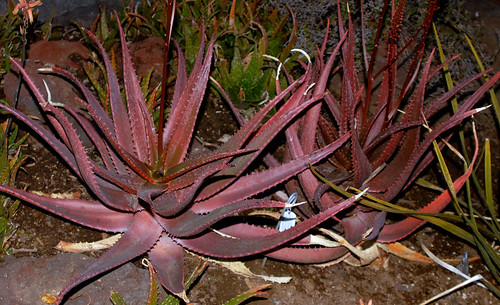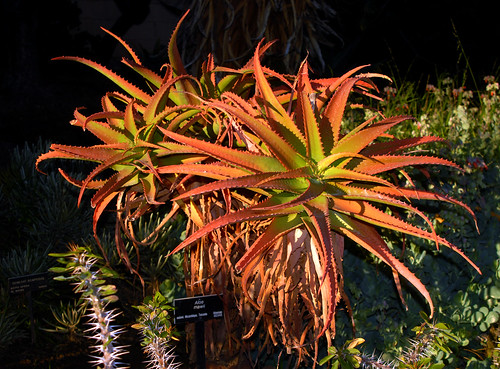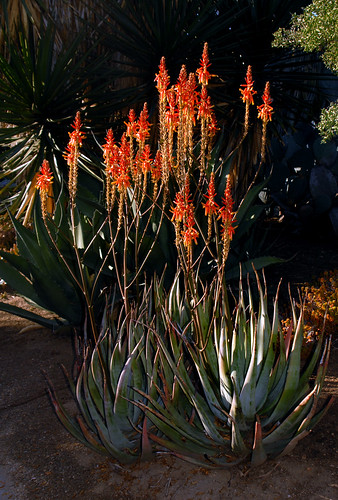********************************************
Today when I was pollinating my Mexican Laelia orchid I noticed that its pollinia was gooey. On most orchids the pollen packets aren't gooey. The sticky substance was produced by the adjacent stigma...and somehow it flowed over to the pollen. This orchid, which is probably a hybrid, has quite frequently (always?) had seed pods on it. I've suspected that perhaps a hummingbird or bee had quickly pollinated it. The flowers are quite nice so I'm usually disappointed when they wilt away only after a couple days. This is the first year that I've tried to pollinate it...and now I know that it selfs!
The flowers had already been open for a day or two...and they were starting to look a bit wilty. It seems perhaps that its pollen might have successfully arrived at the destination. For the heck of it I removed the gooey pollen packets anyways and placed some Cattleya pollinia on one of the Laelia flower's stigma.
It's so strange that the stigma produces that much goo. It's also strange that the pollen tubes can go the additional distance.
This is kinda interesting...
An ovule is successfully fertilized by only one pollen grain out of (potentially) many thousands. If fertilization is performed at a sufficiently low temperature, the growth of chilling-resistant genotypes of pollen will be favored over others. These will reach the ovule first so that their genes will appear in the resulting seed. At no other stage of development can selection be made on such large numbers of genotypes. - Chien Yi Wang, Chilling Injury of Horticultural CropsSo all things being equal...an Aloe or orchid that blooms during winter will produce individuals that are more cold tolerant. Therefore, winter bloomers will move North at a faster rate than summer bloomers?
For the heck of it I decided to visit the Huntington a couple days ago. Remind me not to visit on the Monday before Christmas...it was packed.
Coincidentally I saw this arborescens hybrid...

It seems to be a pretty intermediate hybrid. Interestingly enough...erinacea is vaguely fluffy...but you don't really see it in the cross though. So it's not perfectly intermediate!
A few other Aloes that caught my eye...

Nice color!

I had forgotten that this is on my want list. Check out this nice shot of Aloe mawii in its habitat. Really great color! It probably greens up during the wet season but it's still pretty nice.

A cross between two winter growers. Given the vigor of Hercules...I'd definitely be interested in trying more summer/winter crosses.

Perhaps not spectacular but I definitely found it appealing. Maybe it was the nice yellow flowers and the branched flower spike. Also it's an early bloomer. Unless it's a really late bloomer?

This caught my eye even though it was pretty far away.

Some cactus because I'm a sucker for back-lighting.
I remembered that I'd also like to select for some small tree Aloes. Something that would easily fit on a table and be a perfect host for a plethora of miniature epiphytes. The closest thing that I can think of are some of the smaller varieties of Aloe ramosissima. Are there any other species that form small trees?
My Aloe tenuior is about to bloom...maybe I'll try crossing it with some of my tree Aloes. Has that already been tried?
Uhhhh, let me review my Aloe agenda...
- Red tree Aloes. Kinda like Aloe mawii but larger and red year around.
- Variegated tree Aloes. Just like Aloe ferox 'Daley Mist'
- Fuzzy tree Aloes. So fluffy they'll glow when backlit.
- Miniature tree Aloes suitable for a slew of miniature epiphytes.
Which goal is the easiest? Anybody is more than welcome to tackle any of these projects! :D
No comments:
Post a Comment